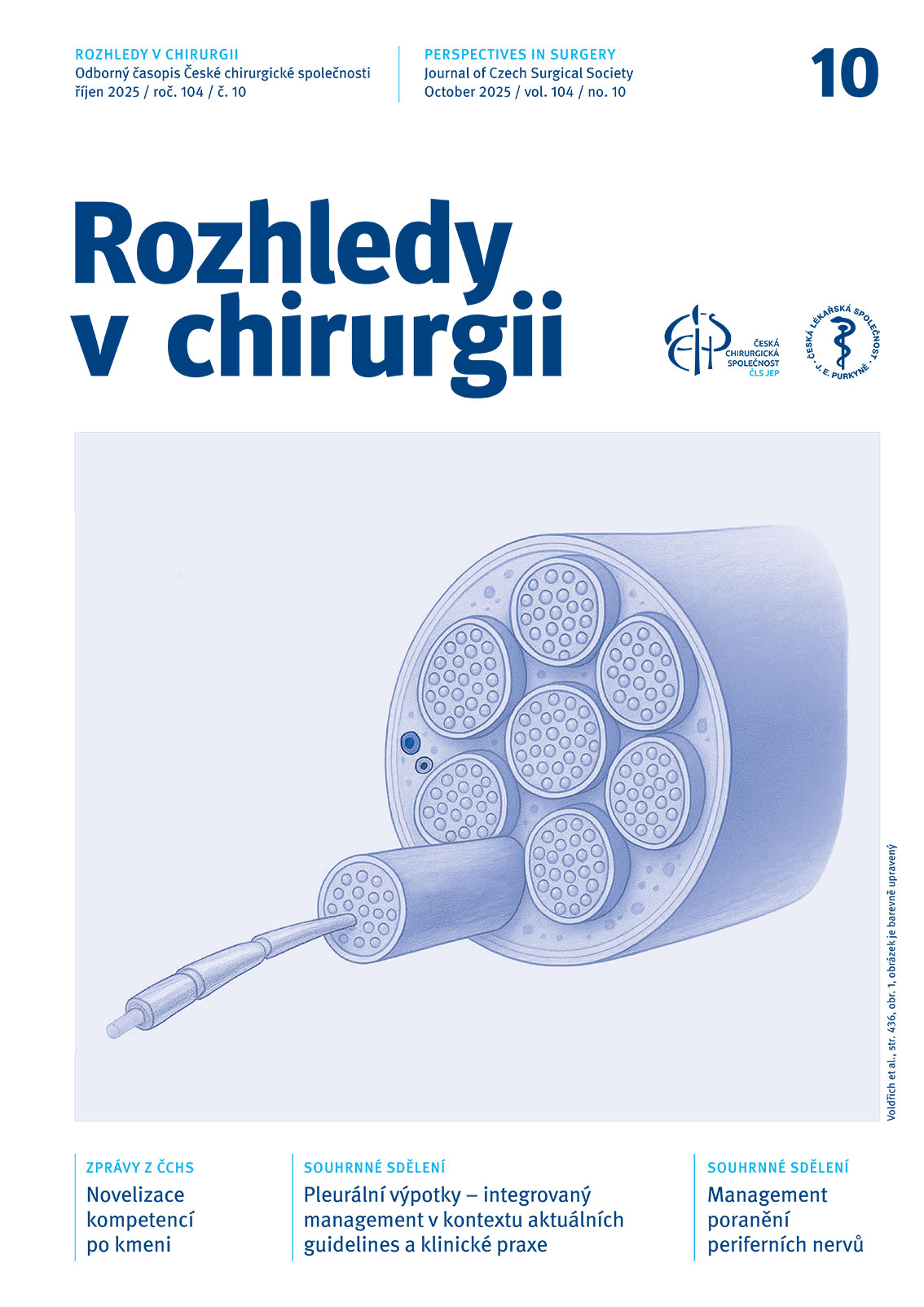Abstract
Introduction: The genitourinary tract and retroperitoneal hemorrhage belong to severe and sometimes life-threatening urological emergencies. Interventional radiology methods can significantly reduce morbidity and mortality in patients who fail conservative treatment and are unfit for surgery.
Materials: We performed a retrospective analysis of patients indicated for angiography and vasographic intervention due to urological pathology in 2015–2020. The study focused on the etiology, technical, clinical success, and possible complications related to angioembolization.
Results: In 5 years, we recorded 51 patients who underwent angiography to localize arterial bleeding or diagnose arteriovenous malformation. In 46 patients (90%), the interventional radiologist subsequently embolized active bleeding or selectively obliterated the main branches of the artery. Angiography did not show extravasation in five patients. Therefore, embolization was not performed. The radiologist assessed the technical success of embolization as 100% in all cases. Two patients experienced a recurrence of bleeding between 24 and 72 hours after the procedure, and the vasography had to be repeated. The predominant finding was hematuria in more than 75% of cases, followed by retroperitoneal hematoma, including perirenal hematoma. Twenty-four embolizations were performed in the renal artery basin; internal pelvic arteries were embolized or obliterated in 21 cases. In one case, a urologist indicated vasography of the left bulbar artery of the penis due to high-pressure priapism.
Conclusion: Vasographic embolization remains an important treatment option in case of hemodynamically significant hemorrhage. Our data support the importance of angioembolization in cases of severe bleeding in the urinary tract with good patient tolerability.
doi: 10.48095/ccrvch2025446


